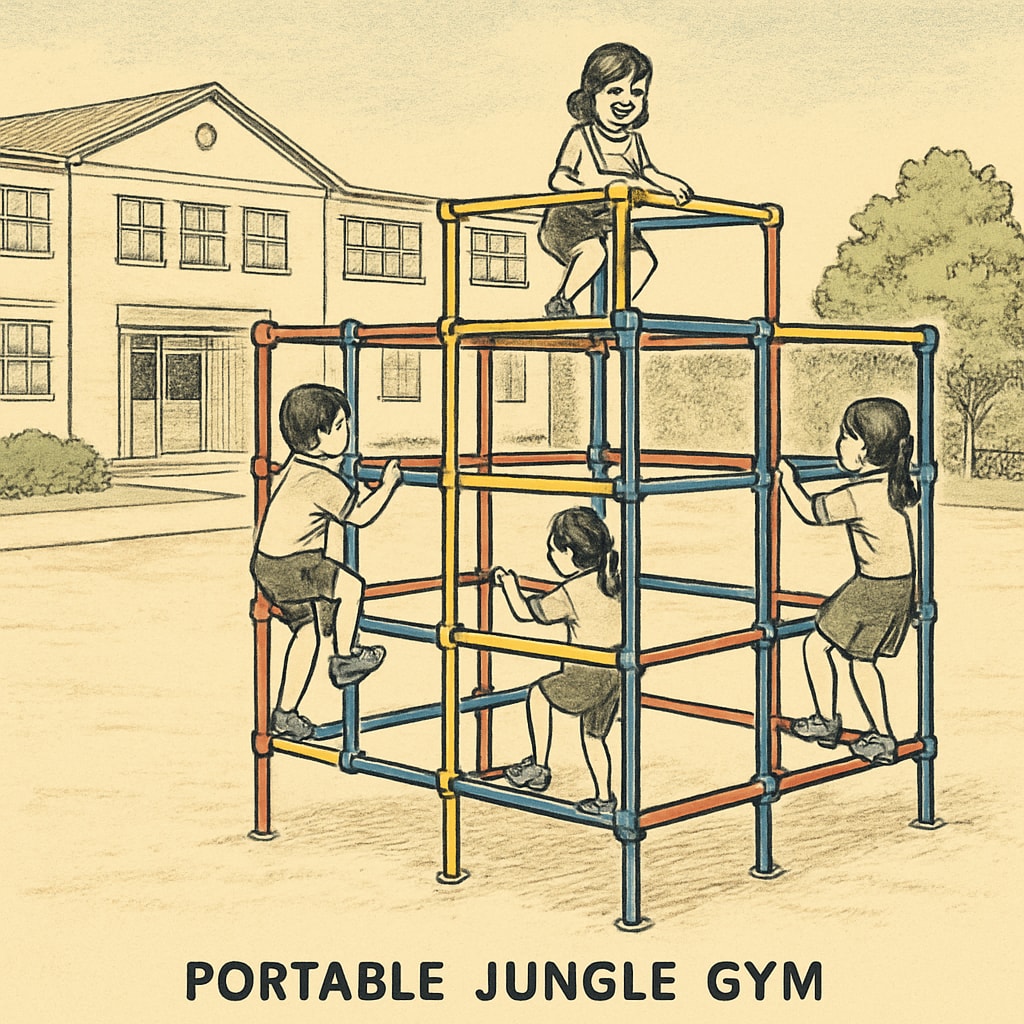School reconstruction is a necessary process to modernize facilities and accommodate growing student populations. However, temporary campus changes during a 3-4 year reconstruction period can significantly impact elementary students’ experiences. The combination of restricted physical spaces, the absence of proper play facilities, and decreased opportunities for parent involvement can pose challenges to children’s social, emotional, and academic development. This article explores these impacts and offers strategies to mitigate the negative effects, ensuring that children’s elementary years remain a golden period of growth and learning.
Physical Space Limitations: The Core Challenge
One of the most immediate consequences of school reconstruction is the restriction of physical spaces. During reconstruction, students are often relocated to temporary campuses or makeshift classrooms, which may lack the infrastructure of a fully operational school. This can lead to overcrowded classrooms, reduced outdoor spaces, and limited access to essential facilities like libraries, science labs, and art rooms.
For example, the absence of dedicated learning spaces can hinder students’ ability to focus and engage in hands-on activities. Moreover, the lack of open areas for physical education or free play can restrict their physical development and social interactions. According to a Britannica article on childhood development, play is a crucial component of children’s cognitive and emotional growth, making these restrictions particularly concerning.

The Loss of Play Facilities and Its Ripple Effect
Play facilities are an integral part of elementary schools, providing children with opportunities to explore, create, and collaborate. During reconstruction, playgrounds and recreational areas are often removed or significantly downsized. This absence can have a ripple effect on children’s well-being and development.
- Physical Health: Reduced access to play areas limits physical activity, increasing the risk of sedentary habits and related health issues like obesity.
- Social Skills: Playgrounds are key for teaching children cooperation, conflict resolution, and empathy. Without these spaces, students may miss out on critical social learning opportunities.
- Emotional Well-Being: Free play is a natural stress reliever for children. In high-stress environments like temporary campuses, the absence of play areas can exacerbate feelings of anxiety or frustration.
To address this issue, schools can invest in portable play equipment or designate alternative areas for creative activities, ensuring that students continue to benefit from unstructured play time.

Reduced Parent Involvement: A Hidden Consequence
Another significant but often overlooked impact of school reconstruction is the reduction in parent involvement. Temporary campuses may be located further from families’ homes, making it more difficult for parents to participate in school events, volunteer activities, or parent-teacher conferences. This can weaken the connection between schools and families, which is essential for fostering a supportive educational environment.
According to research on parental involvement in education, active participation by parents enhances students’ academic performance, motivation, and behavior. When reconstruction disrupts this dynamic, students may experience a lack of encouragement and support, both at school and at home.
To counteract this, schools can adopt digital communication platforms to keep parents informed and engaged. Virtual parent-teacher meetings, online updates, and interactive apps can bridge the gap caused by physical distance, ensuring that families remain an integral part of the educational process.
Strategies for Supporting Students During Reconstruction
While school reconstruction poses undeniable challenges, proactive measures can help minimize its impact on students. Here are some strategies for educators, parents, and administrators to consider:
- Enhance Communication: Keep students and parents informed about reconstruction progress, timelines, and temporary arrangements to reduce uncertainty and anxiety.
- Create Flexible Learning Spaces: Use modular furniture and portable equipment to create adaptable classrooms and play areas, maximizing the use of limited space.
- Focus on Emotional Support: Provide counseling services and mindfulness activities to help students cope with the changes and maintain emotional well-being.
- Engage the Community: Collaborate with local organizations to secure additional resources, such as temporary venues for extracurricular activities or mobile libraries.
By implementing these strategies, schools can ensure that the temporary challenges of reconstruction do not overshadow the importance of fostering a positive and enriching elementary experience for students.
In conclusion, school reconstruction, while essential, presents unique challenges that require thoughtful planning and collaboration. By addressing the limitations of physical spaces, finding substitutes for play facilities, and maintaining strong parent involvement, schools can create a nurturing environment even amidst temporary disruptions. After all, elementary education is a foundation for lifelong learning, and every effort should be made to preserve its quality and joy, regardless of circumstances.


